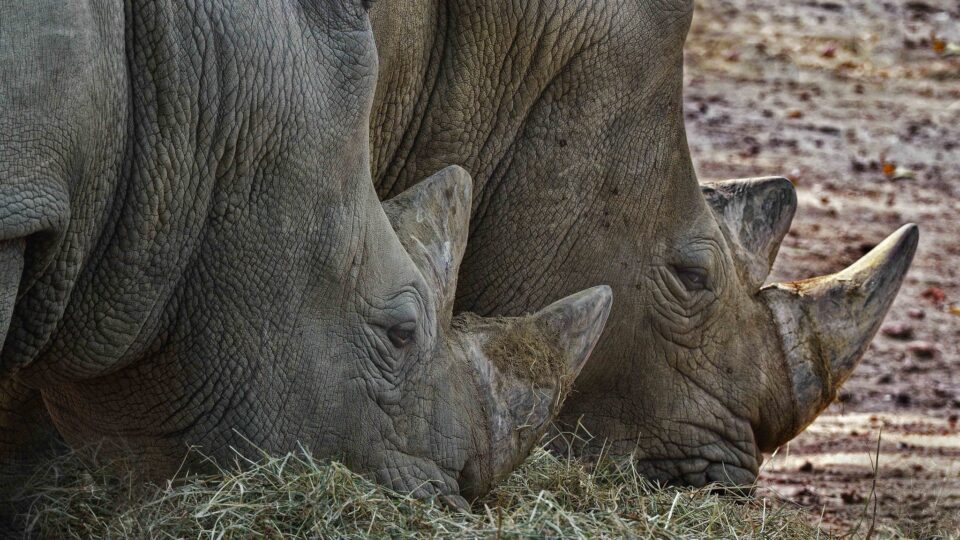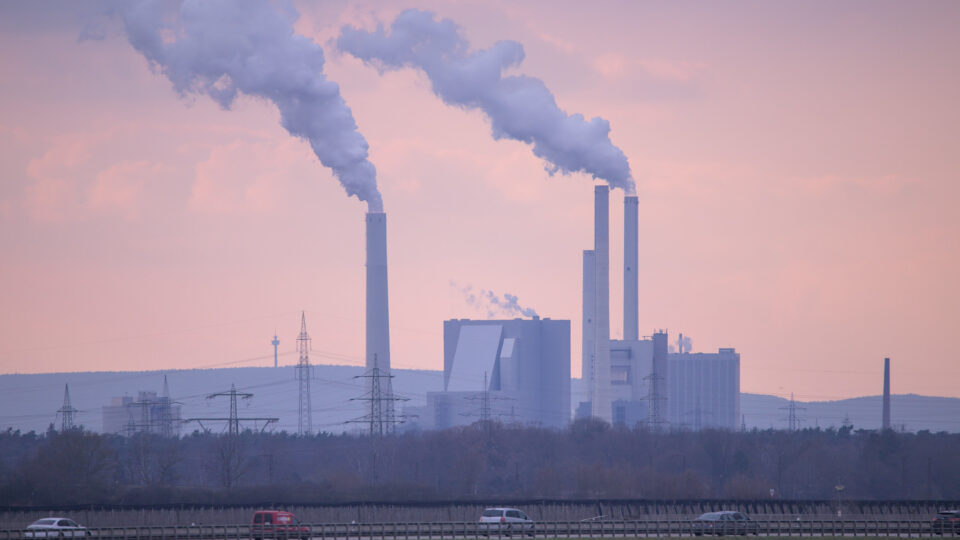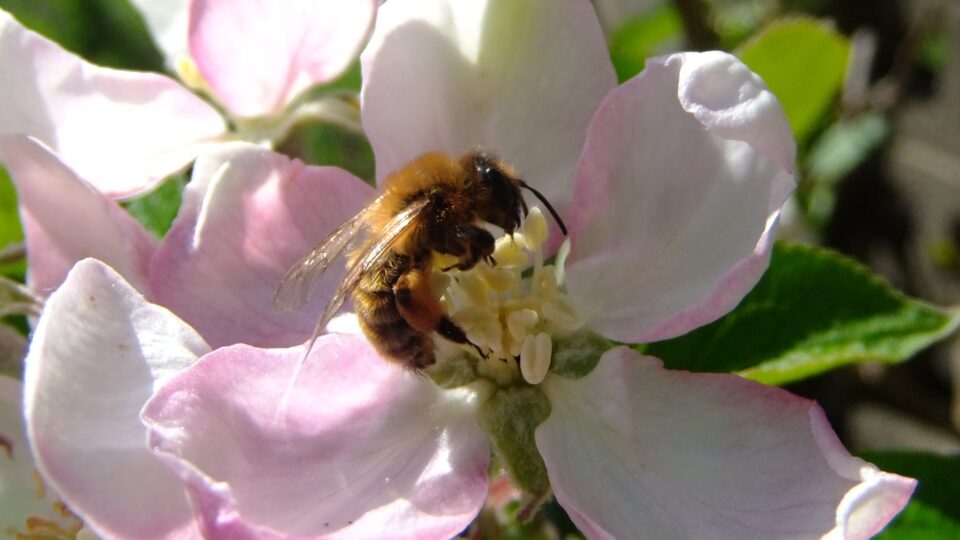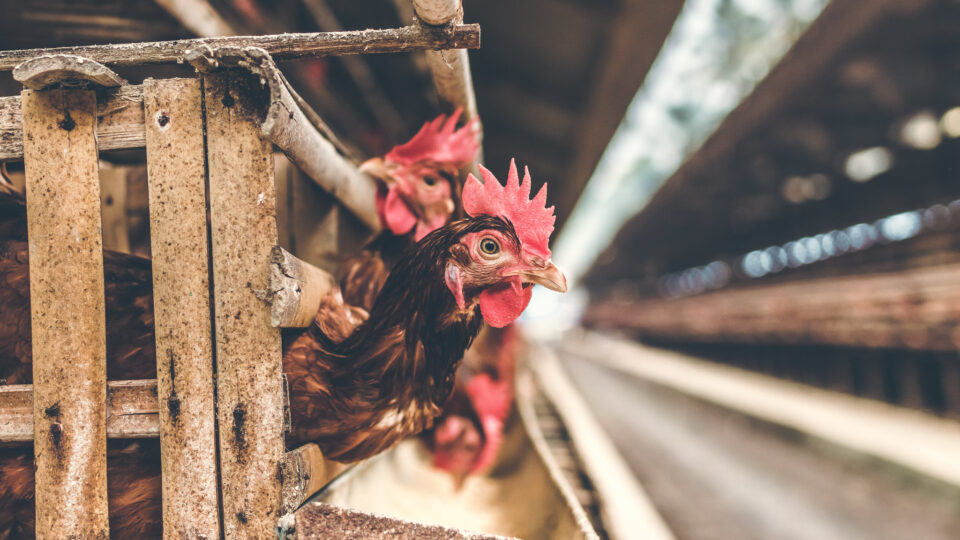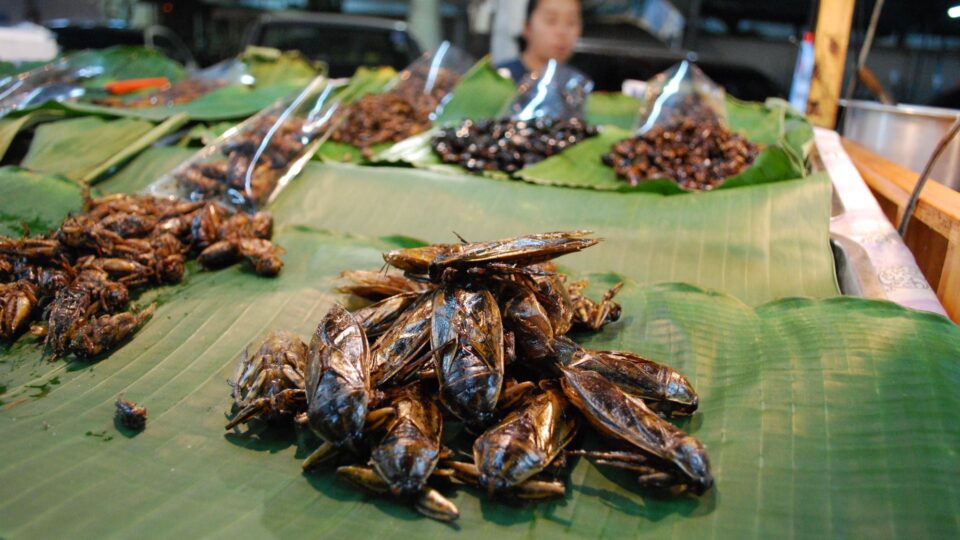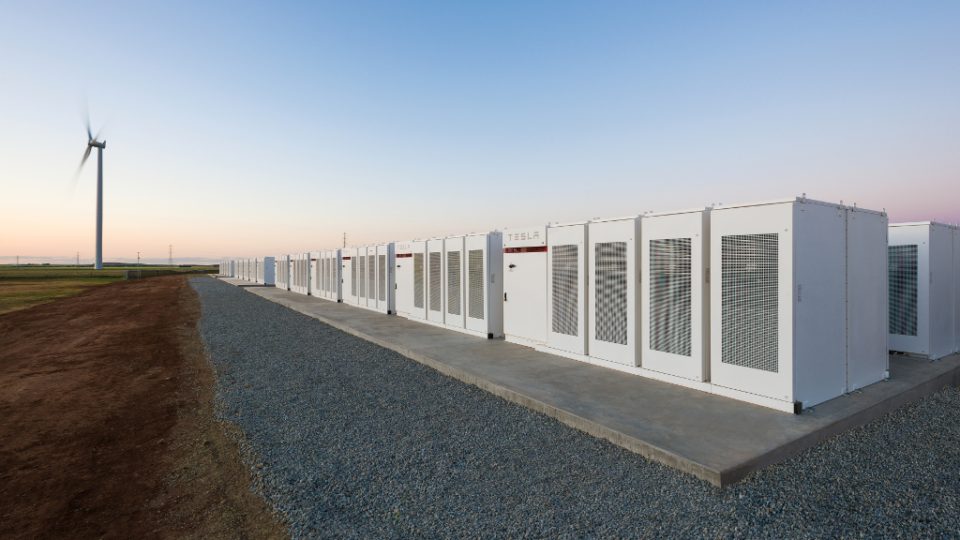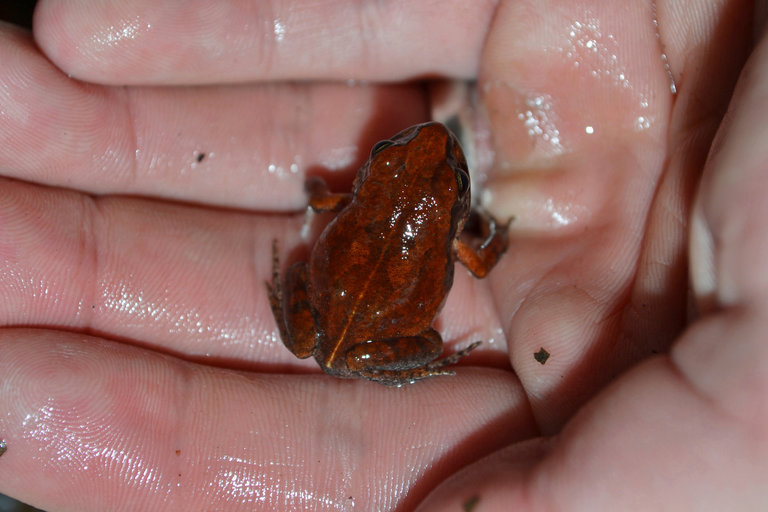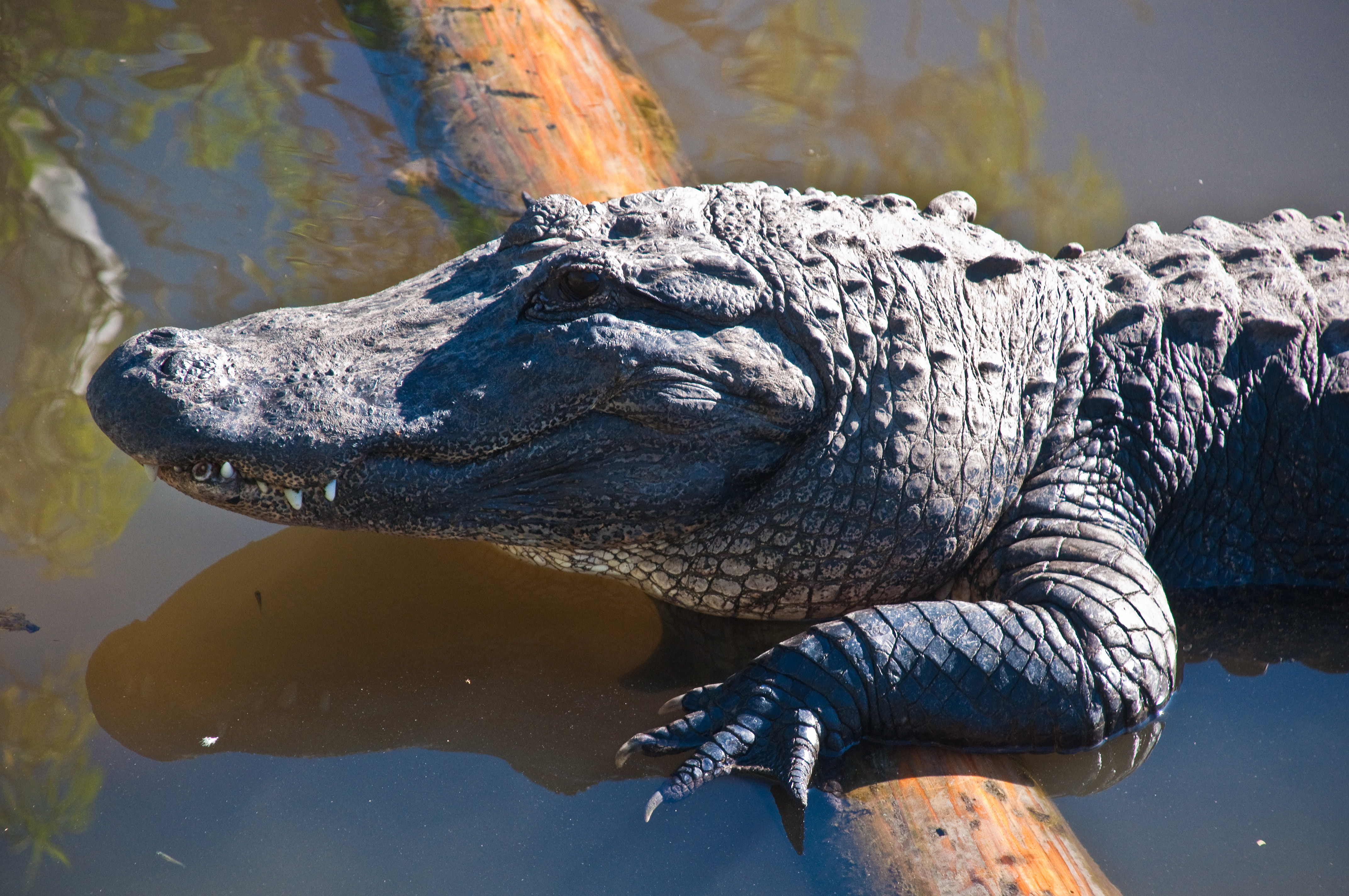Northern White Rhinos are virtually extinct; only two female individuals survive in Kenya. Southern White Rhinos also nearly vanished early in the 20th century, mostly because of excessive hunting. A surviving group of fewer than 100 animals was identified in South Africa, and ongoing conservation efforts led to the existing population of southern white rhinos, which now numbers more than 16,000.
Among the most successful conservation efforts took place at a 30-square-mile farm, Platinum Rhino, that was set up in 2009 about 100 miles southwest of Johannesburg. The owner of the farm did a great job of maintaining genetic diversity of the herd and protecting it from poachers. Eventually, it was costing $175,000 a month just for security against illegal hunters seeking rhino horns.
Faced with unsustainable expenses, the farm put the herd of 2,000 rhinos up for auction in April with a starting price of $10 million. No bidders came forward.
Fortunately, in September, the conservation group African Parks announced that it had reached a deal to take over the herd. African Parks partners with 12 countries in Africa to manage 77,000 square miles of protected areas.
The plan is to start moving the rhinos into a series of new sites in the wild starting next year. Moving the 5,000-pound animals to new locations will be complicated and expensive, costing anywhere from $1,500 to move a single rhino by land within South Africa to $50,000 for far afield air transport. African Parks is now raising funds to relocate the animals.
**********
Web Links
Now Available: 2,000 Rhinos, Free to Good Homes With Plenty of Space
Photo, posted September 4, 2023, courtesy of Eric Huybrechts via Flickr.
Earth Wise is a production of WAMC Northeast Public Radio
